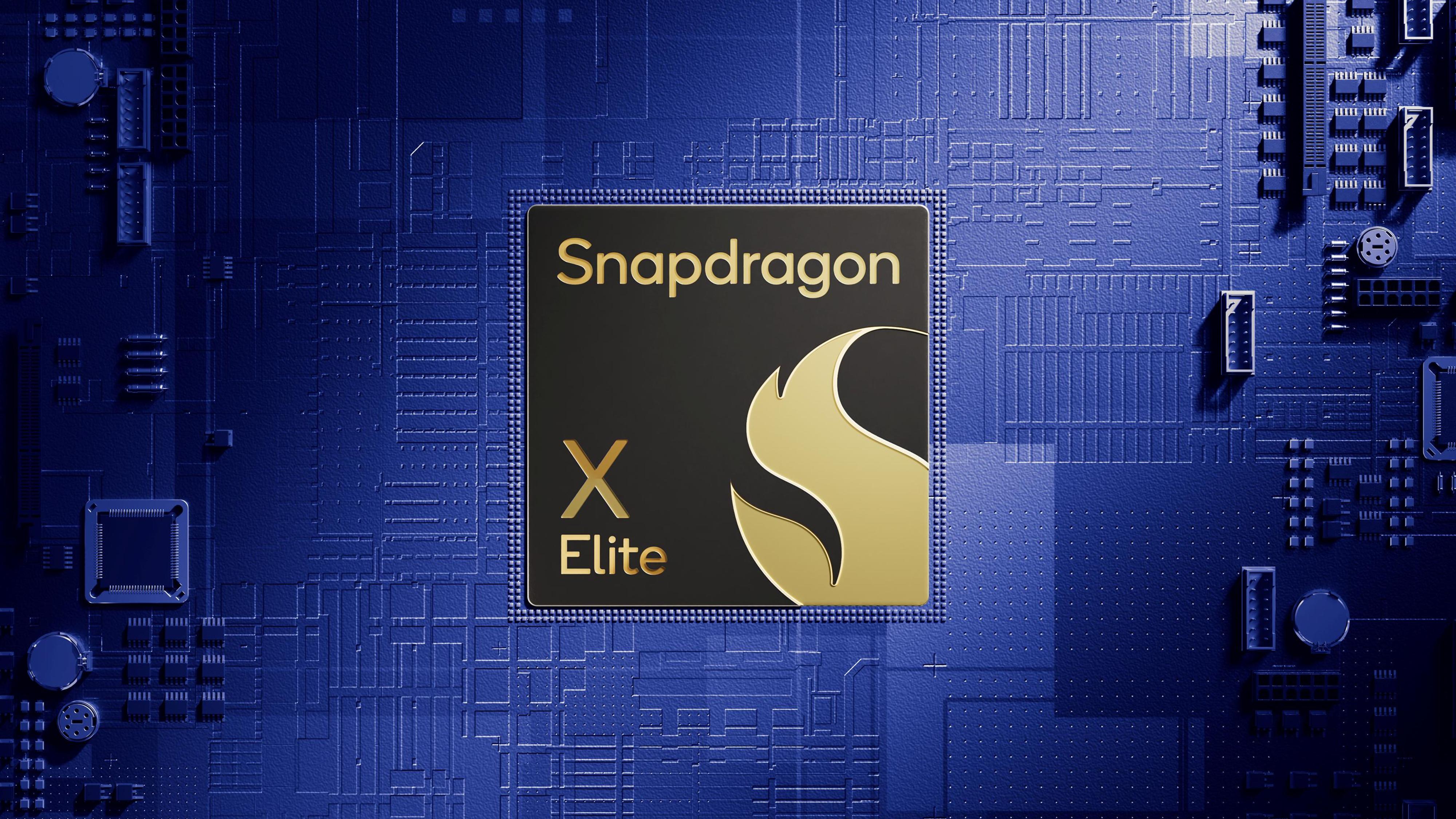
Although Qualcomm’s Oryon general-purpose cores, found inside Snapdragon X processors are based on Arm’s Armv8 instruction set architecture (ISA), they use very little technology developed by Arm. This is according to Gerard Williams III, one of the lead developers behind Oryon and a variety of Apple’s processors, reports Reuters.
“One percent or less,” said Williams when asked to estimate the amount of Arm technology in the final design developed by Nuvia.
Qualcomm’s Oryon originates from Nuvia, a company that Gerard Williams III co-founded with his partners in 2019. Nuvia’s original focus was to design high-performance, energy-efficient CPU cores (codenamed Phoenix) for datacenters.
The partners acquired two non-transferrable licenses from Arm: the Technology License Agreement (TLA) and Architecture License Agreement (ALA), the former to rework its existing cores and the latter to design custom cores. Since the goal was always to go with custom cores, the team developed its cores from scratch without using Arm’s physical IP, or at least using very little of it.
Indeed, licensees of Arm’s ISA can design proprietary microarchitecture designed from scratch, so long as it correctly implements Arm’s instructions. Because Nuvia’s engineers designed their own pipelines, execution units, cache systems, and other CPU internals, the final core did not incorporate Arm’s proprietary circuit blocks or off-the-shelf designs. As a result, while Nuvia’s cores are Armv8 cores, they probably share very little of the actual ‘Arm-designed’ technology beyond the instruction set and baseline specifications.
After Nuvia was acquired by Qualcomm in 2021 for $1.4 billion. Qualcomm said that Nuvia’s cores will (at least initially) be used for PCs rather than for datacenters, Arm asked Qualcomm to renegotiate the terms of the license, something that Qualcomm refused to do asserting that its own ALA covers its subsidiary Nuvia.
Arm claimed that Qualcomm breached its agreement by failing to renegotiate the licensing terms following the Nuvia acquisition. As a result, Arm demanded that Qualcomm to destroy all Nuvia designs developed prior to the merger. In 2022, Arm took further action by revoking Nuvia’s licenses and this October it informed Qualcomm of the termination of its Architecture License Agreement (ALA).
The current legal dispute between Arm and Qualcomm is about whether Nuvia’s architecture license and the custom designs derived from it could be transferred or used by Qualcomm following its acquisition of Nuvia. Arm’s attorney emphasized the explicit terms of the licensing agreement, pressing Williams to admit the contract defined everything that resulted from Nuvia’s work as ‘derivatives’ or Arm’s TLA. Meanwhile, Qualcomm’s attorney directed Williams to elaborate on Nuvia’s innovations and the limited role Arm’s TLA played in its development.
The jury’s decision that is expected soon could define the future of licensing practices and IP ownership in the semiconductor industry.
Read full post on Tom’s Hardware
Discover more from Technical Master - Gadgets Reviews, Guides and Gaming News
Subscribe to get the latest posts sent to your email.








